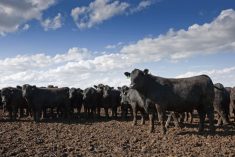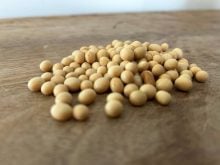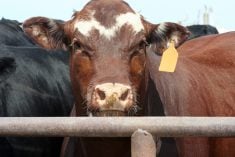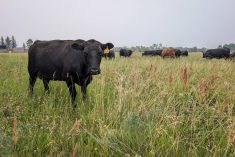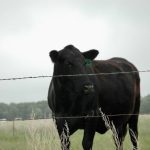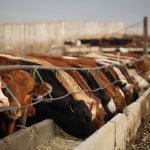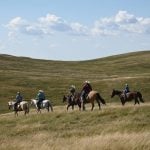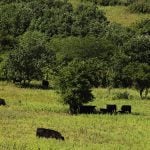For the week ending July 13, quality yearlings were steady to $5 higher compared to seven days earlier. Calves were relatively unchanged from the prior week.
Thin volumes characterized action market activity last week, which resulted in a wide range of prices for feeders of similar weight. There were some larger packages trading via video for August and September delivery. There has also been some private fob ranch negotiations as feedlots secure upcoming volume.
It appears that 1,000-pound heifers, off grass, for August are quoted in the range of $295-$302/cwt. Steers measured at 1,000 pounds off pasture are valued at $320-$325/cwt. Currently, prices for fall calves are less defined, but no buyer wants to stick their neck out too far for lighter-weight replacements.
Read Also

U.S. grains: Soy hits 17-month high, corn to four-month top as trade braces for U.S. data
Chicago Board of Trade soybean futures rose on Thursday to their highest in nearly 17 months as traders awaited a U.S. government crop report that was expected to lower yield estimates, while also bracing for the resumption of export data to give clues on Chinese buying.
Talk in the trade is that 500-pound steers will touch the $500/cwt level as values near $475/cwt this past week. Calf prices are up 27 per cent from last year, while fed cattle values are only up five per cent. Feed grains are below year-ago levels but the price ratios are out of line. This is a red flag.
Northwest of Saskatoon, a small group of larger-frame, Charolais-blended heifers, off pasture, averaging 910 pounds were valued at $308/cwt. Southeast of Calgary, a small package of mixed, medium-frame steers weighing 920 pounds apparently sold for $330/cwt. In Central Alberta, a double hand of larger-frame, thin, black Angus-mixed steers, off grass, weighting 865 pounds, were valued at $350/cwt.
In the same region, a pair of larger-frame red heifers, averaging 830 pounds, were quoted at $320/cwt. West of Edmonton, a handful of Hereford-blended steers averaging 788 pounds, off grass, with full processing data traded for $365/cwt. In Southern Alberta, a smaller package of larger, wide-framed, weaned Limousin-mixed steers off grass, scaled at 718 pounds, supposedly traded for $405/cwt.
South of Edmonton, a small package of 690-pound black, weaned steers on hay and forage diets, with full health records traded for $430/cwt. At the same sale, similar quality heifers, measured at 637 pounds, dropped the hammer at $415/cwt.
It was hard to get a handle on calves under 600 pounds due to limited volumes.
In Central Alberta, a pair of 558-pound black heifers reportedly ran through the ring at $414/cwt. There were 525 to 550-pound steers in pairs or threesomes quoted from $450/cwt to $465/cwt in Central Alberta and Central Saskatchewan.
There were no reports from Manitoba last week.
Feeding margins in Alberta are hovering around break-even. Alberta packers were buying fed cattle on a dressed basis at $428/cwt, unchanged from last week. Feedlots are becoming more current heading into August resulting in significant open demand for replacements.






